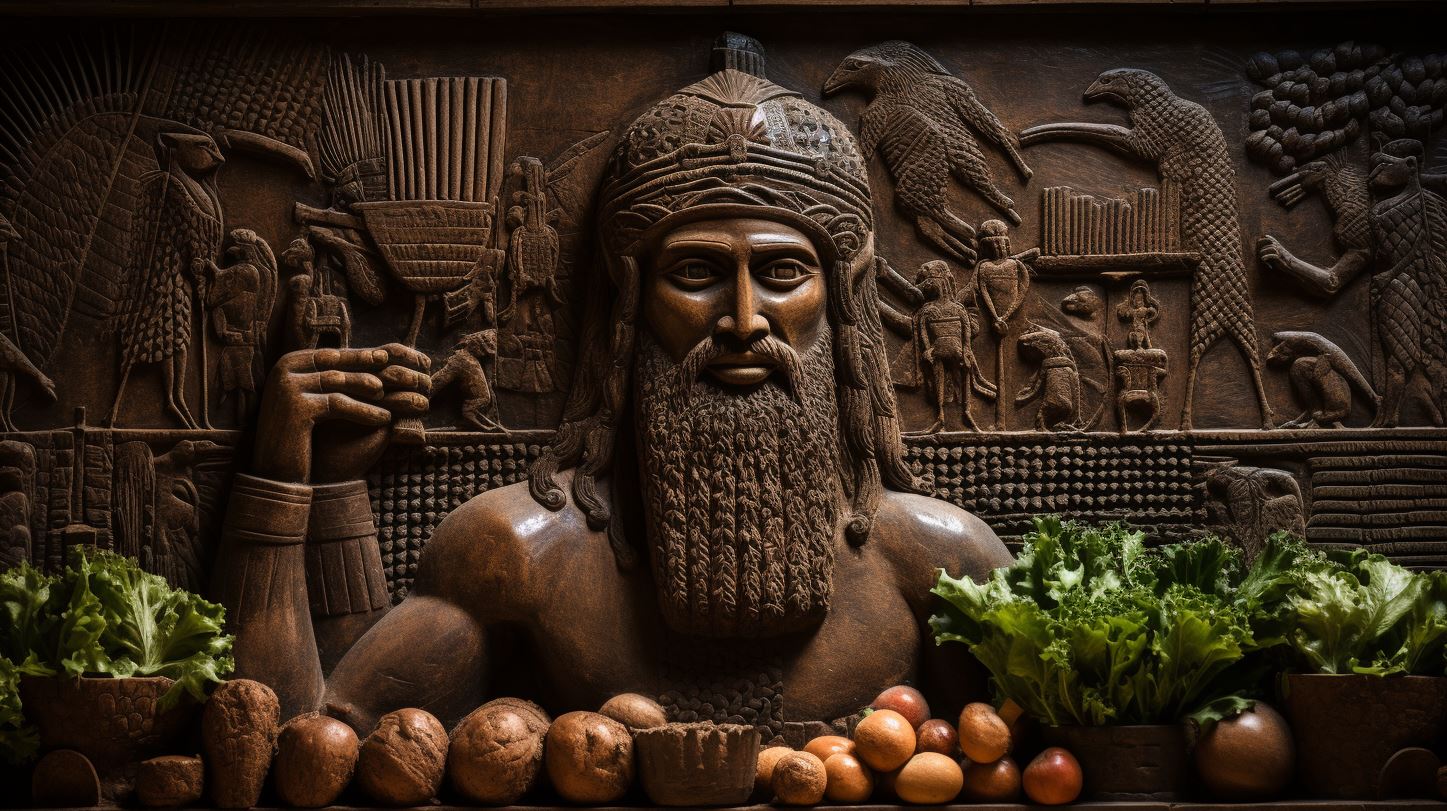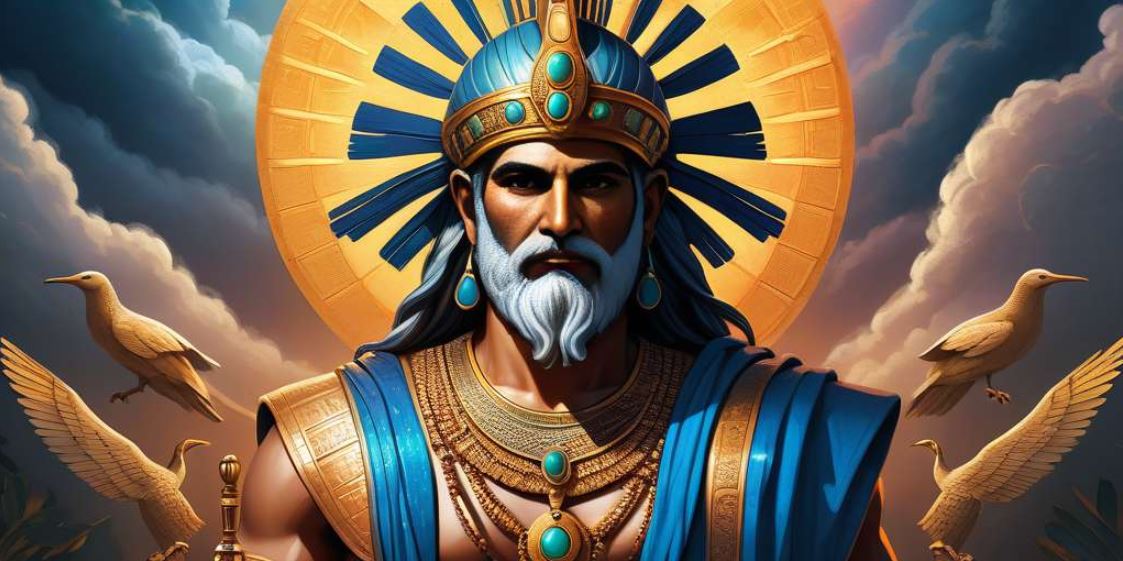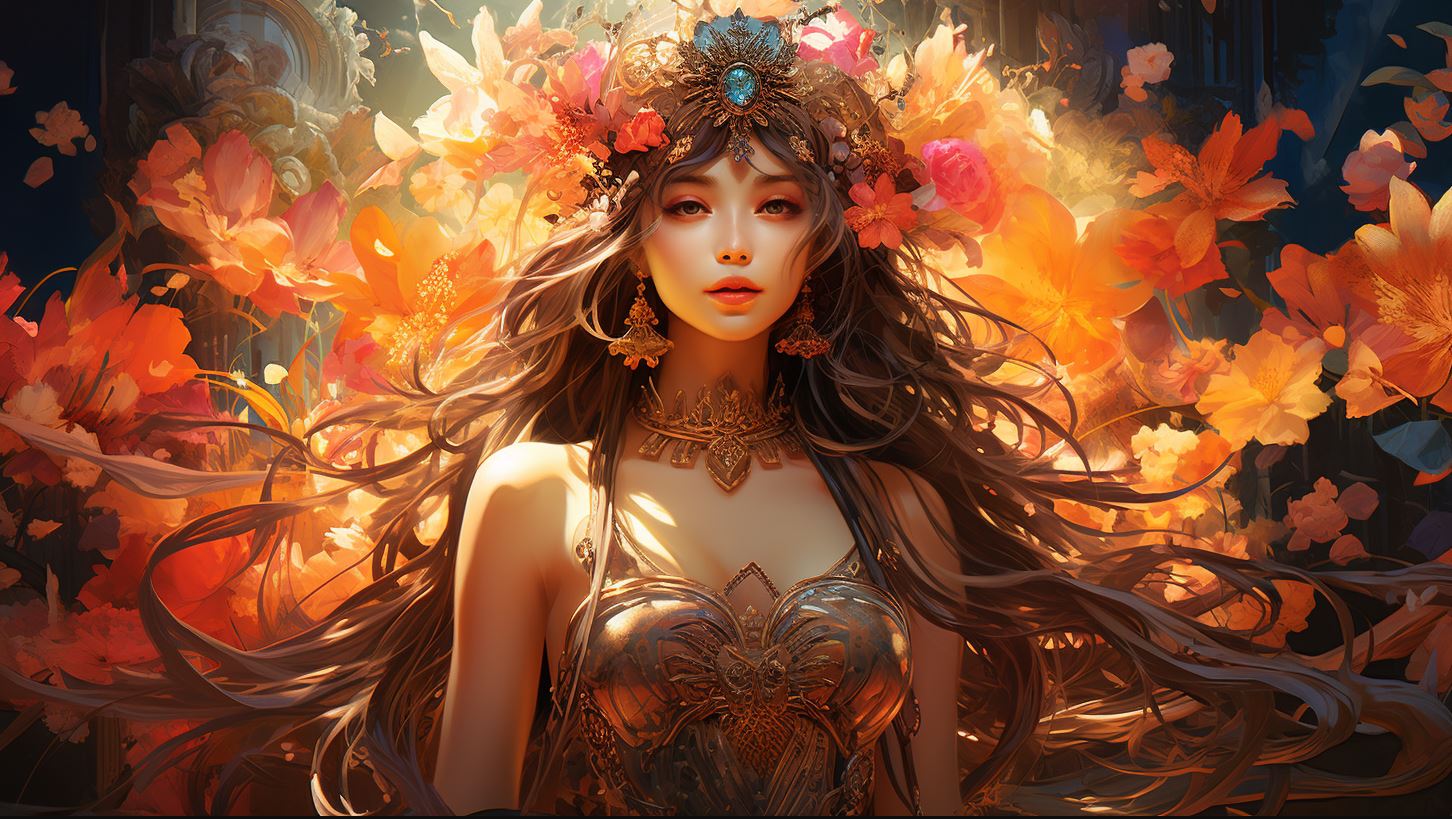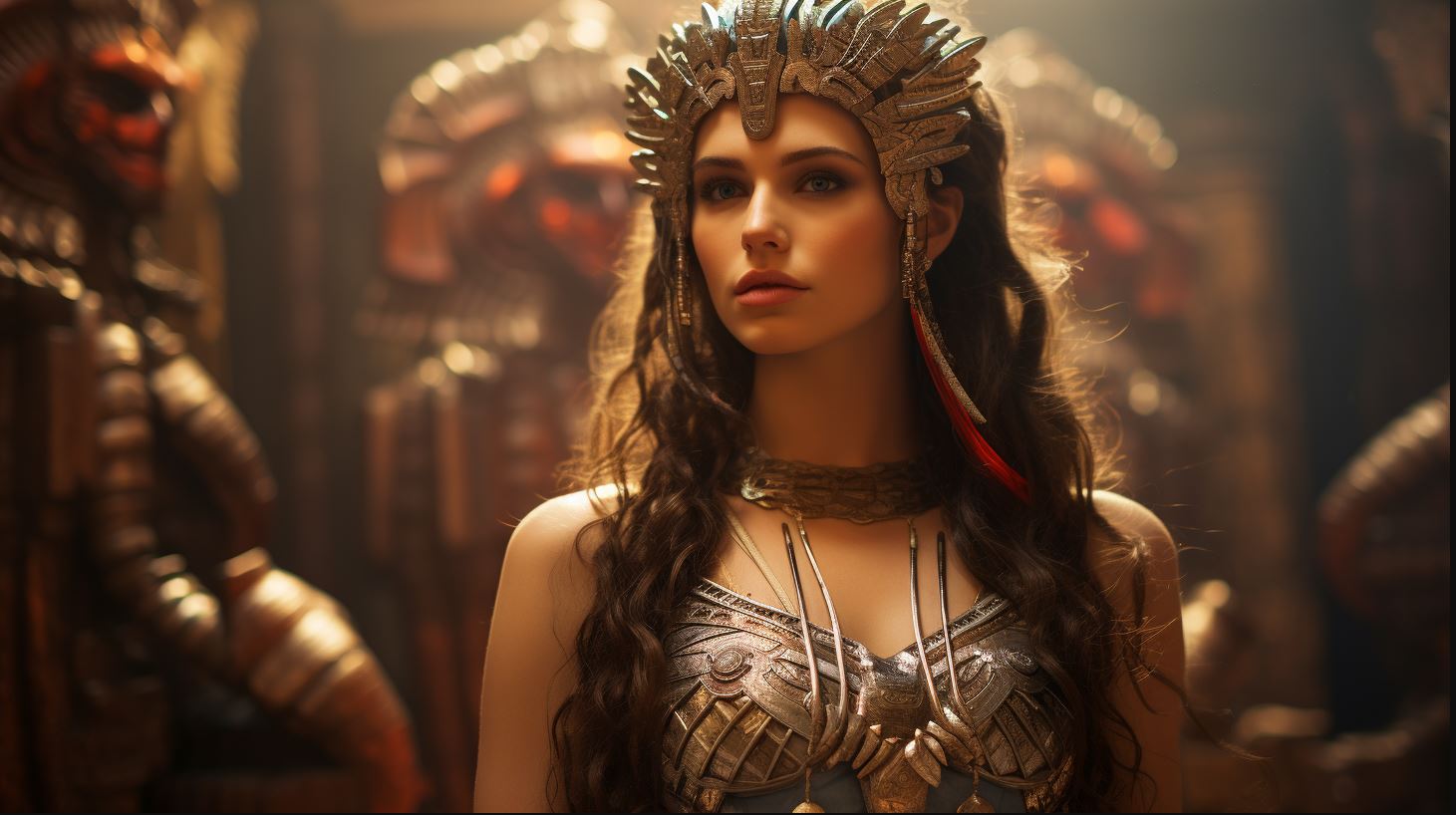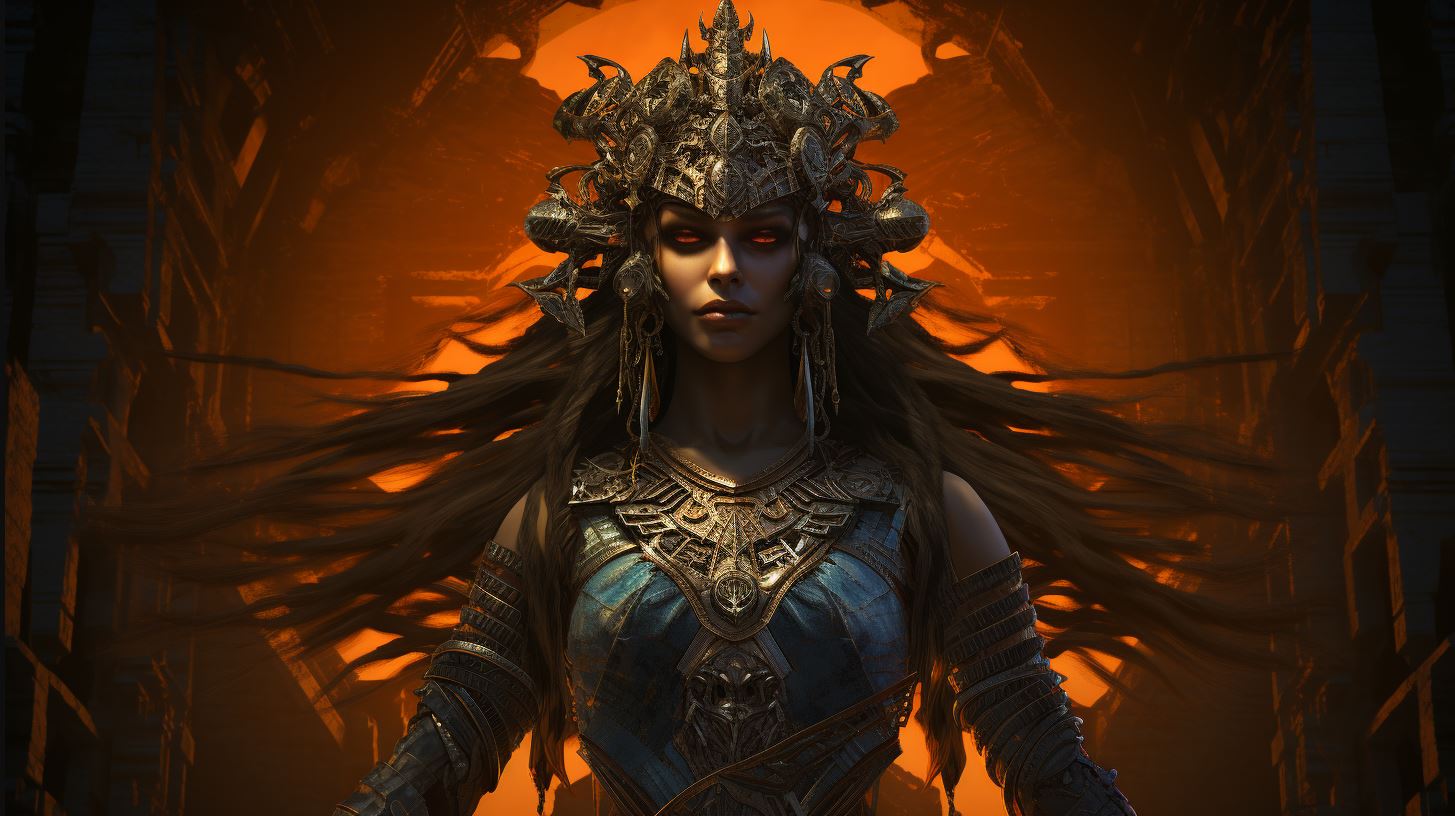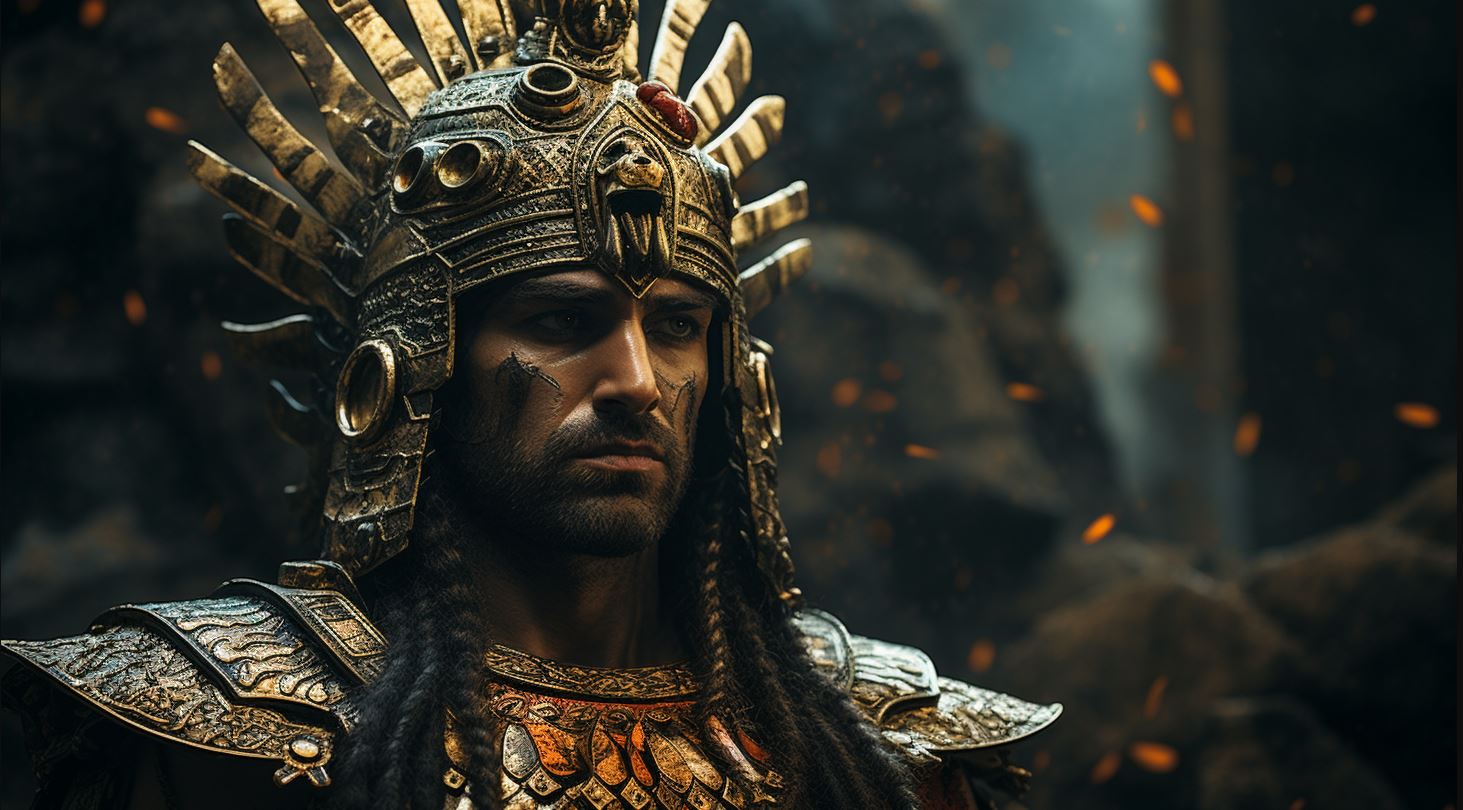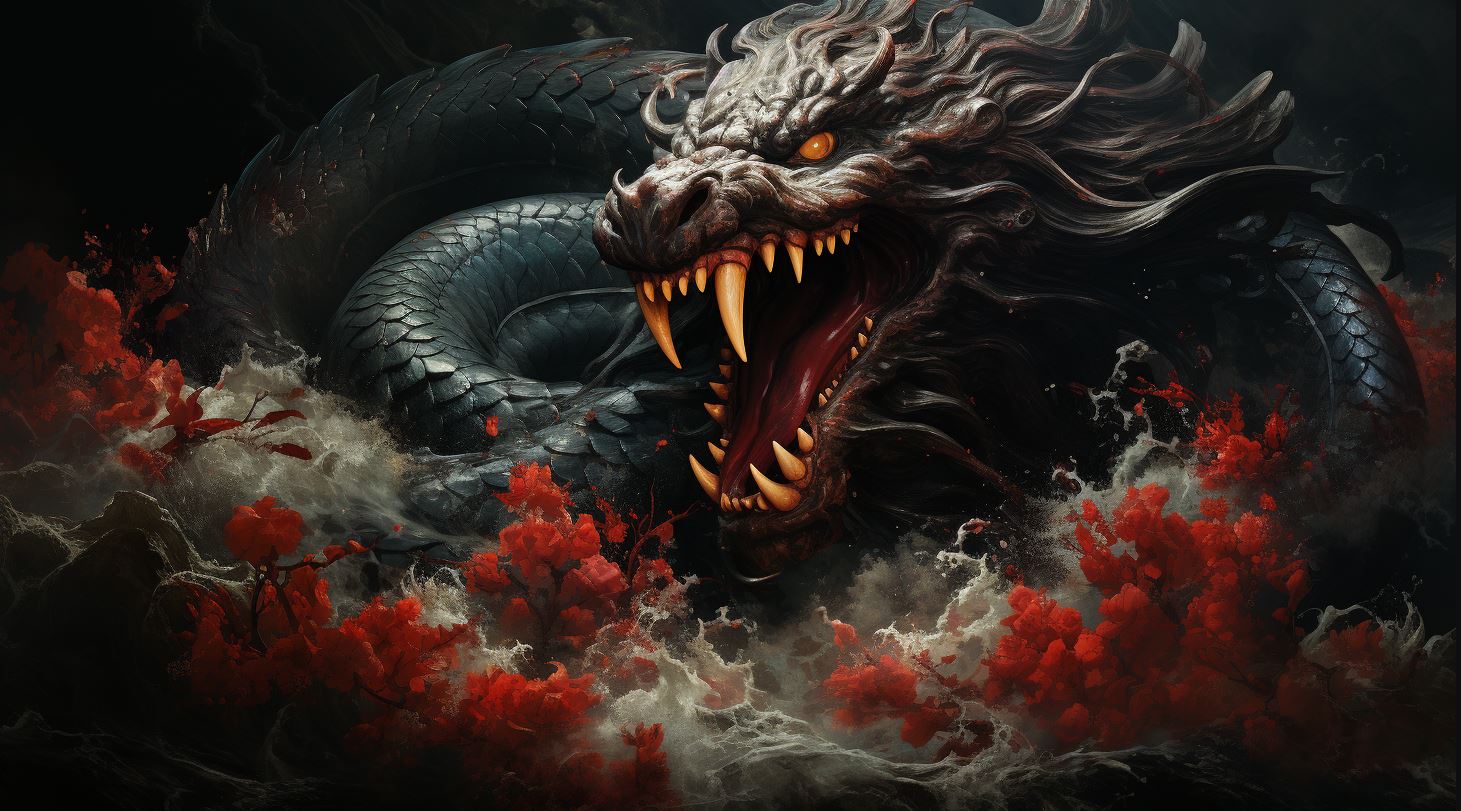Dumuzi God: Exploring the Ancient Mesopotamian Deity

Dumuzi God, an ancient Mesopotamian deity, holds a significant place in the mythology of that region. With deep roots in the origins of civilization, Dumuzi is known for his connection to Inanna and annual resurrection rituals.
This article delves into the origins, mythology, and cultural influence of Dumuzi, drawing comparisons to other deities like Tammuz and Adonis. Additionally, it explores textual references, research by Kramer, and contemporary interpretations in literature and art, shedding light on the enduring legacy of Dumuzi God throughout history.
The Origins of Dumuzi God
The origins of Dumuzi God can be traced back to ancient Mesopotamia, a cradle of civilization known for its rich mythology. This deity emerged as a central figure in the cultural and religious practices of the region, captivating the imagination of ancient Mesopotamians.
As one delves deeper into the historical records, Dumuzi God appears to have roots in early agricultural societies, where the cycle of life and death held great significance. This cycle is reflected in Dumuzi’s association with fertility, vitality, and the changing seasons.
Scholars have uncovered diverse narratives surrounding Dumuzi’s birth and lineage, often interwoven with local traditions and hero myths. While details may vary, Dumuzi God consistently embodies themes of growth, abundance, and rejuvenation.
Ambiguities and complexities surround Dumuzi’s mythology, with his character linked to both divine and mortal realms. His exploits are intertwined with enchanting tales, such as his relationship with the prominent goddess Inanna and his annual resurrection rituals.
Understanding the origins of Dumuzi God offers a glimpse into the deep cultural and religious fabric of ancient Mesopotamia, shedding light on the beliefs and practices of our early human ancestors.
The Significance of Dumuzi God in Ancient Mesopotamia
The deity known as Dumuzi held immense significance in ancient Mesopotamia, a region that thrived on its rich mythology and religious practices. Dumuzi, often associated with fertility and agriculture, symbolized the cycle of life and death, echoing the agricultural cycles observed by the Mesopotamians.
As a divine figure, Dumuzi represented the vitality and abundance of nature. The Mesopotamians believed that the prosperity of their crops and livestock depended on the favor of Dumuzi, making him a central deity in their agricultural society.
Moreover, Dumuzi’s persona extended beyond agriculture, encompassing themes of love, desire, and sacrifice. Many stories depicted his relationships with goddesses like Inanna, highlighting his role as a divine lover and consort.
The presence of Dumuzi can be observed in various ancient rituals and festivals dedicated to him. These rituals often involved reenactments of his mythological narratives, emphasizing his connection with resurrection and the cyclical nature of life.
Overall, Dumuzi God held a prominent place in the spiritual and cultural fabric of ancient Mesopotamia. His symbolism represented the profound interdependence between nature, agriculture, and human life, making him a vital figure in the ancient Mesopotamian pantheon.
The Mythology Surrounding Dumuzi God
The mythology surrounding Dumuzi God is rich in symbolism and ancient tales that reveal his intricate relationship with Inanna, the goddess of love and fertility. Known as the divine couple, Dumuzi and Inanna represent the eternal dance of power and desire.
Dumuzi’s Relationship with Inanna
According to Mesopotamian myth, Dumuzi was both the lover and consort of Inanna. Their relationship embodied the cyclic nature of life and death, where Dumuzi symbolized the changing seasons and Inanna represented fertility and abundance.
Together, they ruled over the land, ensuring the prosperity of the people. The divine union between Dumuzi and Inanna was celebrated in various rituals, highlighting their complementary roles in maintaining cosmic order.
Dumuzi’s Resurrection and Annual Rituals
An essential aspect of Dumuzi’s mythology is his role in annual resurrection rituals. These rituals symbolized the cycle of life, death, and rebirth. Dumuzi would descend into the underworld during the harsh winter months, only to resurrect in the spring, bringing new life to the land.
These resurrection rituals were accompanied by mourning and joyous celebrations, demonstrating the profound impact of Dumuzi’s renewal on the community. They served as a reminder of the inherent connectivity between humanity and the natural world.
The mythology surrounding Dumuzi God not only encapsulates the fascinating narrative of his relationship with Inanna but also provides insight into the prevalent belief systems and cultural practices of ancient Mesopotamia.
Similarities between Dumuzi God and Other Deities
Dumuzi God shares striking similarities with other deities from different ancient cultures, such as Tammuz and Adonis. These parallels offer insights into the interconnectedness and universality of mythological themes.
Comparisons with Tammuz and Adonis
Both Tammuz and Adonis have overlapping characteristics with Dumuzi God.
Tammuz, an ancient Sumerian deity, is also associated with fertility, vegetation, and the cycles of life and death. Similarly, Adonis, a Phoenician deity, represents rebirth, beauty, and the yearly cycle of nature.
Furthermore, all three deities possess narratives involving a descent to the underworld and subsequent rejuvenation. Dumuzi’s journey to the underworld mirrors Tammuz’s descent and Adonis’s death and resurrection.
These shared motifs reflect the universality of the human experience and the enduring relevance of these mythological figures across different cultures.
The similarities between Dumuzi God, Tammuz, and Adonis showcase the timeless themes of life, death, and rebirth that have fascinated civilizations throughout history.
The Influence of Dumuzi God in the Bible
Dumuzi God, the ancient Mesopotamian deity, has left a profound mark on biblical texts and traditions.
While not explicitly mentioned by name in the Bible, scholars have identified several connections and influences attributed to Dumuzi’s mythology.
- The Suffering Servant: Dumuzi’s frequent associations with resurrection and sacrifice echo in the concept of the biblical Suffering Servant.
This figure, depicted in the book of Isaiah, shares similarities with Dumuzi’s role as a dying and resurrecting god.
- The Canaanite Baal: Another possible link lies in the parallels between Dumuzi and the Canaanite god Baal.
Both deities embody elements of fertility, kingship, and resurrection. Baal’s struggle with death and his triumph over it resonate with the Dumuzi narrative.
- Ezekiel’s Lament for Tammuz: In the book of Ezekiel, we find a lamentation for “Tammuz,” a poetic elegy mourning the death of a god.
While not explicitly naming Dumuzi, scholars propose that Tammuz could refer to Dumuzi, thus highlighting the presence of this Mesopotamian deity in biblical literature.
These connections illustrate how ancient Near Eastern mythology and beliefs permeated the Hebrew Bible, contributing to its rich cultural and religious tapestry.
Unraveling the Textual References to Dumuzi God
The ancient texts of Mesopotamia provide valuable insights into the enigmatic figure of Dumuzi God. These texts, including hymns, prayers, and mythological narratives, reveal glimpses of Dumuzi’s role in the pantheon and his relationship with other deities.
Various cuneiform tablets reference Dumuzi, shedding light on his divine attributes, symbolic associations, and worship practices.
Within the epic of Gilgamesh, Dumuzi God is mentioned in connection to the concept of mortality and the afterlife.
References to Dumuzi’s descent into the underworld and subsequent resurrection mirror the cycle of vegetation and fertility. These parallels highlight the enduring nature of Dumuzi’s mythological presence and his association with life and regeneration.
The Sumerian poem “Inanna’s Descent to the Underworld” offers further insights into Dumuzi’s relationship with the goddess Inanna. The text depicts Inanna’s journey to the underworld, during which Dumuzi’s fate is intertwined with hers.
This intricate narrative showcases the interconnectedness of Dumuzi and Inanna within the mythical framework.
- The textual references suggest that Dumuzi God’s significance extends beyond his individual deity status, emphasizing his role in broader religious and cosmological contexts.
- The study of these texts provides scholars with valuable clues to unravel the mysteries surrounding Dumuzi’s worship, rituals, and role in Mesopotamian society.
Exploring these textual references allows us to delve deeper into the complex mythology surrounding Dumuzi God, shedding light on his place within ancient Mesopotamian culture and the enduring legacy of his worship.
Exploring Kramer’s Research on Dumuzi God
In his extensive research on Dumuzi God, Samuel Noah Kramer provides invaluable insights into the ancient Mesopotamian deity and sheds light on its cultural significance. Kramer’s meticulous examination of cuneiform texts has revealed fascinating details about Dumuzi’s role in the ancient civilization.
Kramer’s research highlights Dumuzi’s connection with fertility, agriculture, and the cycle of life and death. He explores how Dumuzi’s mythology intertwines with themes of love, rebirth, and sacrifice. Through his analysis, Kramer illuminates the symbolic representations associated with Dumuzi in various rituals and ceremonies.
Furthermore, Kramer delves into Dumuzi’s relationship with Inanna, the goddess of love and war. His research uncovers the complex dynamics between Dumuzi and Inanna, highlighting their divine union and the symbolism surrounding their interactions.
In addition to examining textual references, Kramer explores the parallels between Dumuzi and other deities in neighboring cultures. His comparative analysis draws connections with Tammuz and Adonis, revealing shared motifs and narratives.
Through his meticulous research, Kramer paints a comprehensive picture of Dumuzi God, shedding light on the deity’s historical and cultural significance in ancient Mesopotamia. His work continues to be a valuable resource for scholars and enthusiasts alike, providing a deeper understanding of Dumuzi and the rich tapestry of Mesopotamian mythology.
Contemporary Interpretations of Dumuzi God
Dumuzi God’s influence continues to resonate in modern literature and art, captivating artists and authors across different genres. These interpretations offer fresh perspectives on Dumuzi’s themes of love, sacrifice, and cycles of life and death.
Dumuzi God in Modern Literature
In contemporary literature, Dumuzi God often serves as a symbol of divine love and tragedy. Writers explore the complexities of the deity’s relationships with human characters, delving into themes of desire, devotion, and the ultimate price of immortality.
- Exploration of Dumuzi’s role in romantic relationships, showcasing the contrast between eternal love and mortal existence.
- Analysis of Dumuzi as an allegory for society’s obsession with youth, beauty, and eternal fame.
- Reimagining Dumuzi’s resurrection rituals in modern settings, highlighting the cyclical nature of life and the human quest for rebirth.
Dumuzi God in Modern Art
Dumuzi God’s profound symbolism has also caught the attention of contemporary artists, inspiring visually captivating and thought-provoking artworks.
- Exploration of Dumuzi’s relationships with other deities, such as Inanna, through visually striking paintings and sculptures.
- Depiction of Dumuzi’s resurrection rituals in mixed media installations, reflecting on the fragile balance between life and death.
- Modern reinterpretations of Dumuzi’s divine qualities through digital art, emphasizing his significance in the pantheon of ancient Mesopotamian gods.
These interpretations demonstrate the timeless allure of Dumuzi God, bridging the gap between ancient mythology and contemporary creativity, as artists and writers continue to find inspiration in the enigmatic deity.
Resurrection Myths in Different Cultures
Delve into the intriguing world of resurrection myths across various cultures throughout history. Examine the common themes and motifs found in these narratives, such as the death and rebirth of divine or legendary figures.
Uncover the cultural significance and symbolic representations of resurrection, from the Egyptian Osiris to the Christian story of Jesus Christ. Discover how these myths offer insights into human beliefs, spirituality, and the timeless quest for life beyond death.

